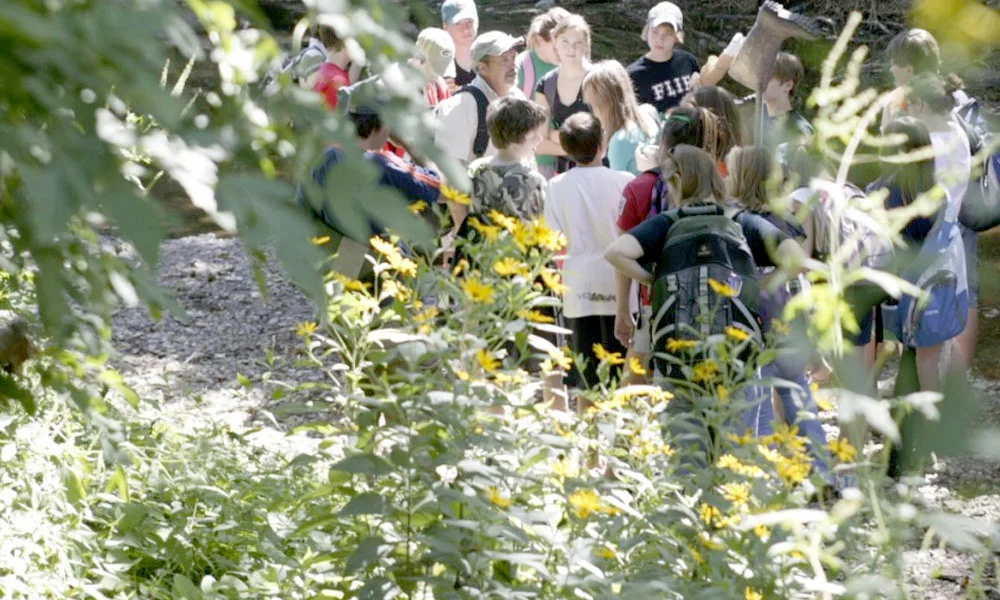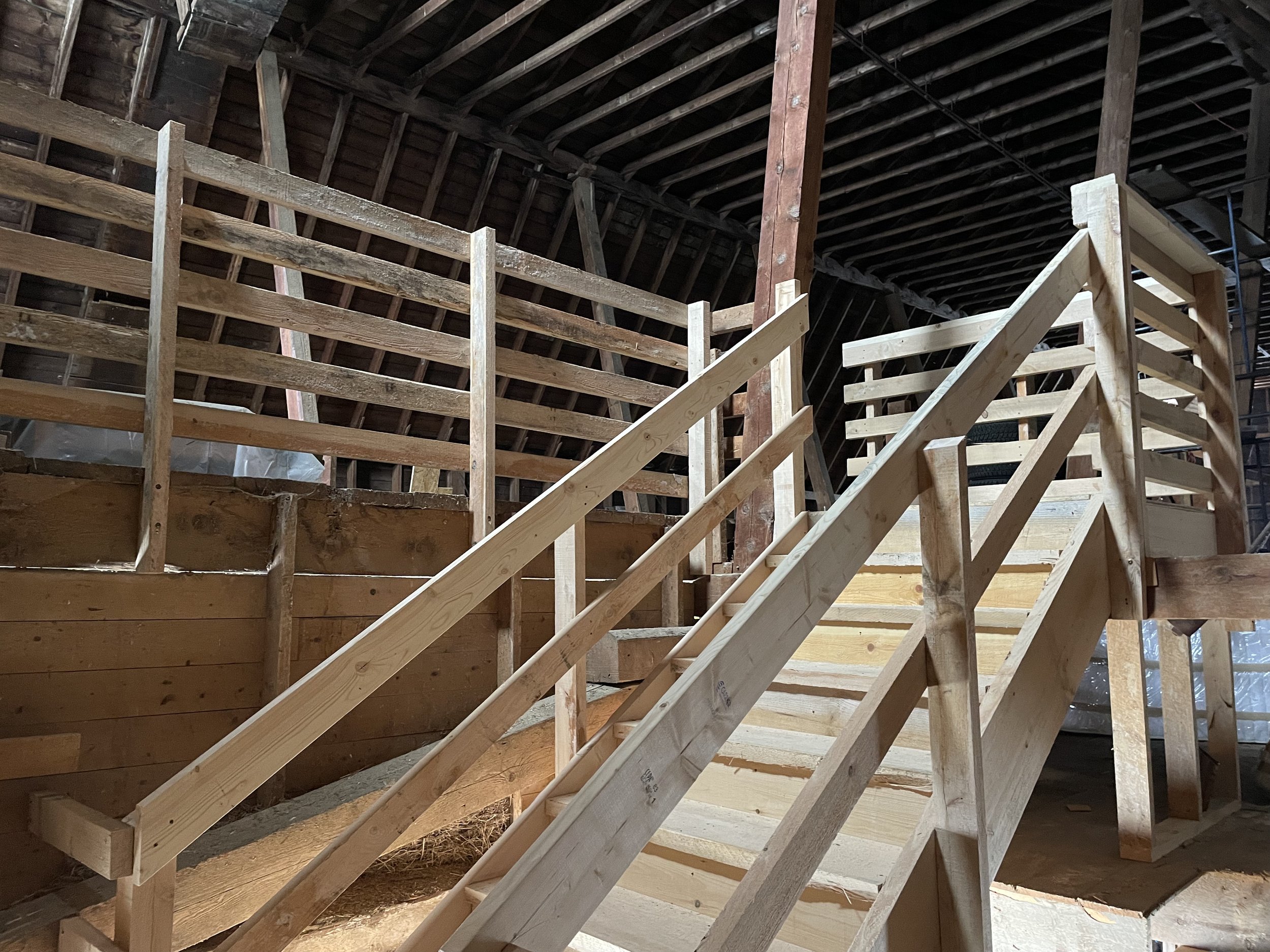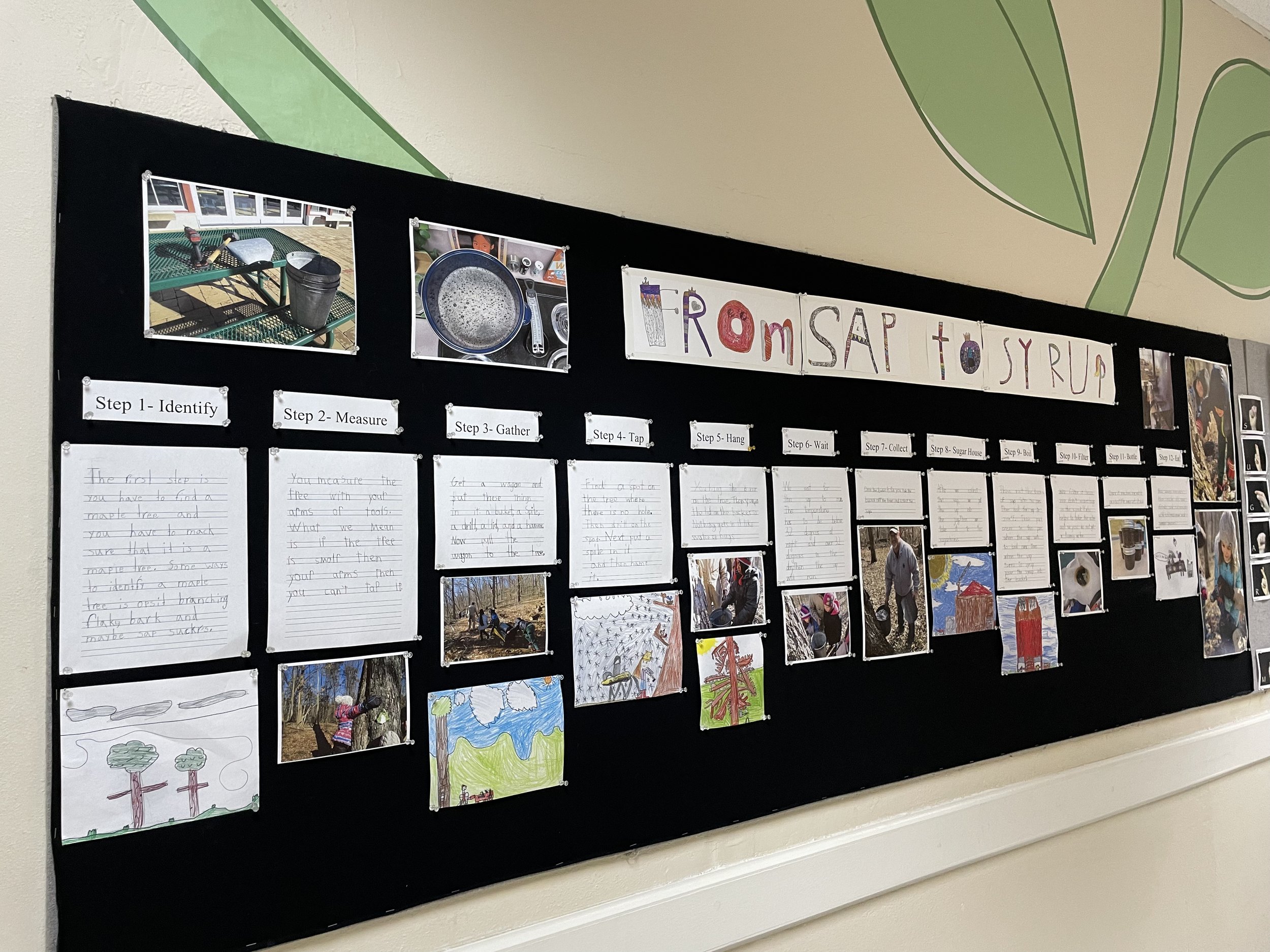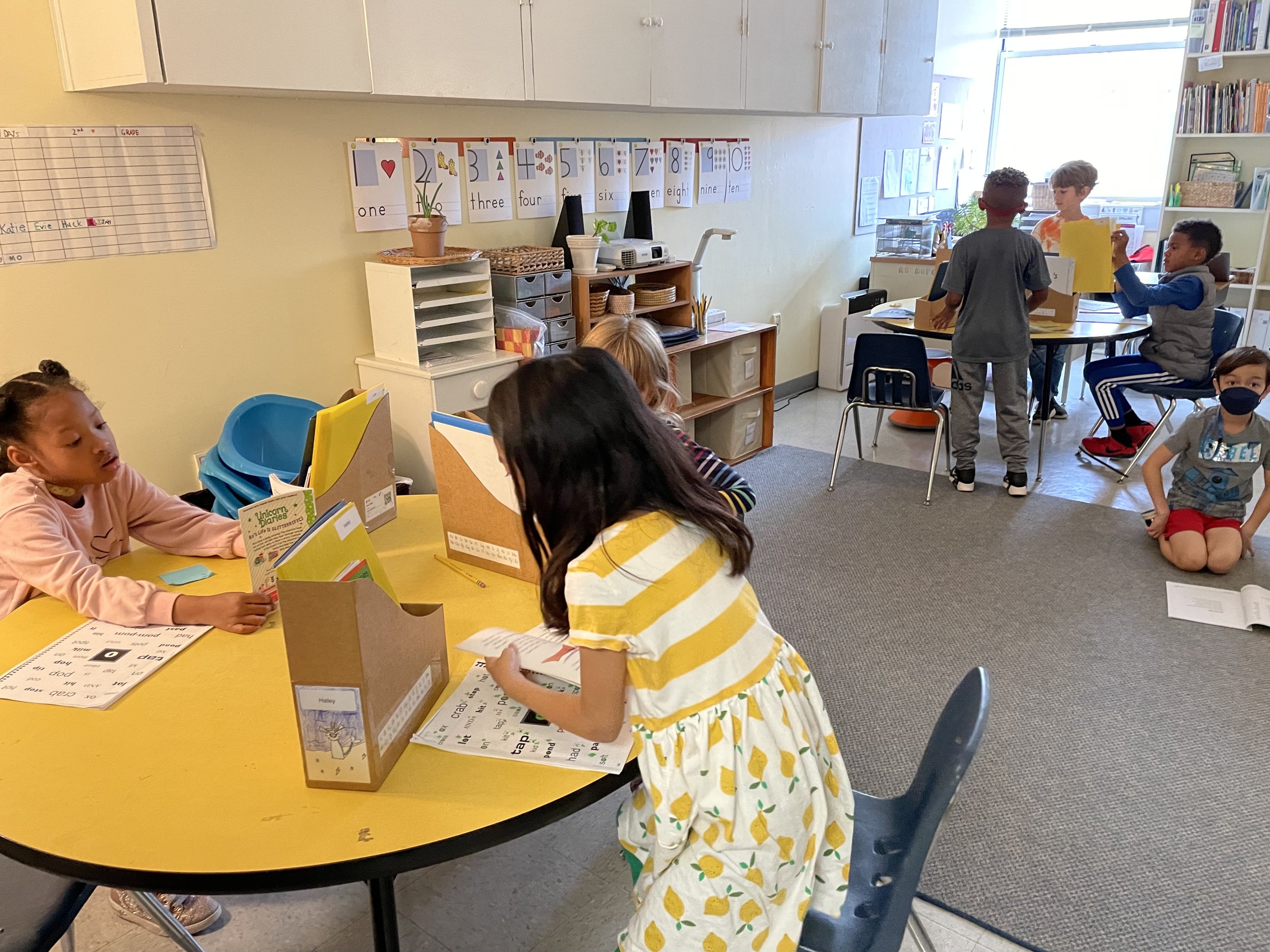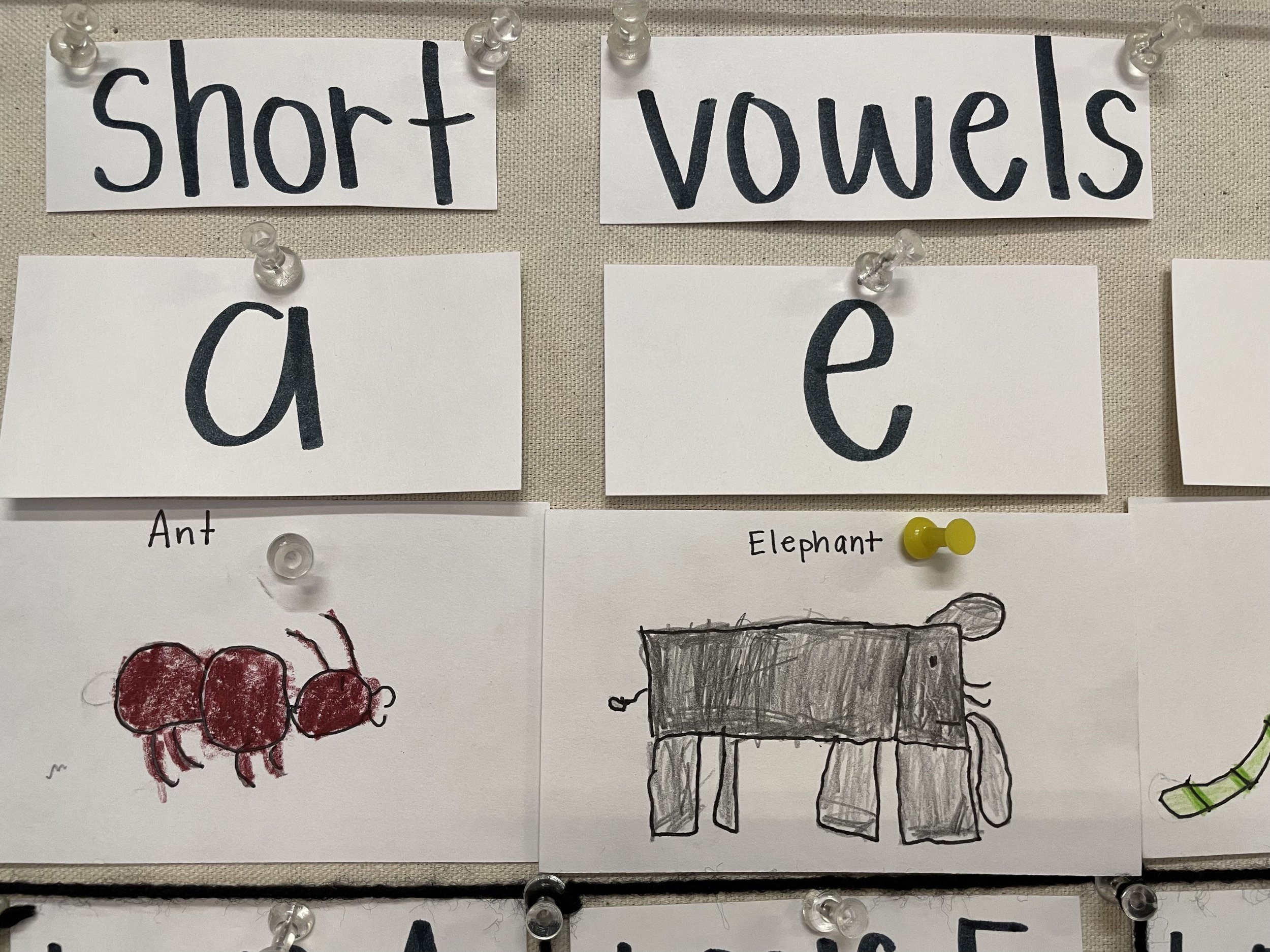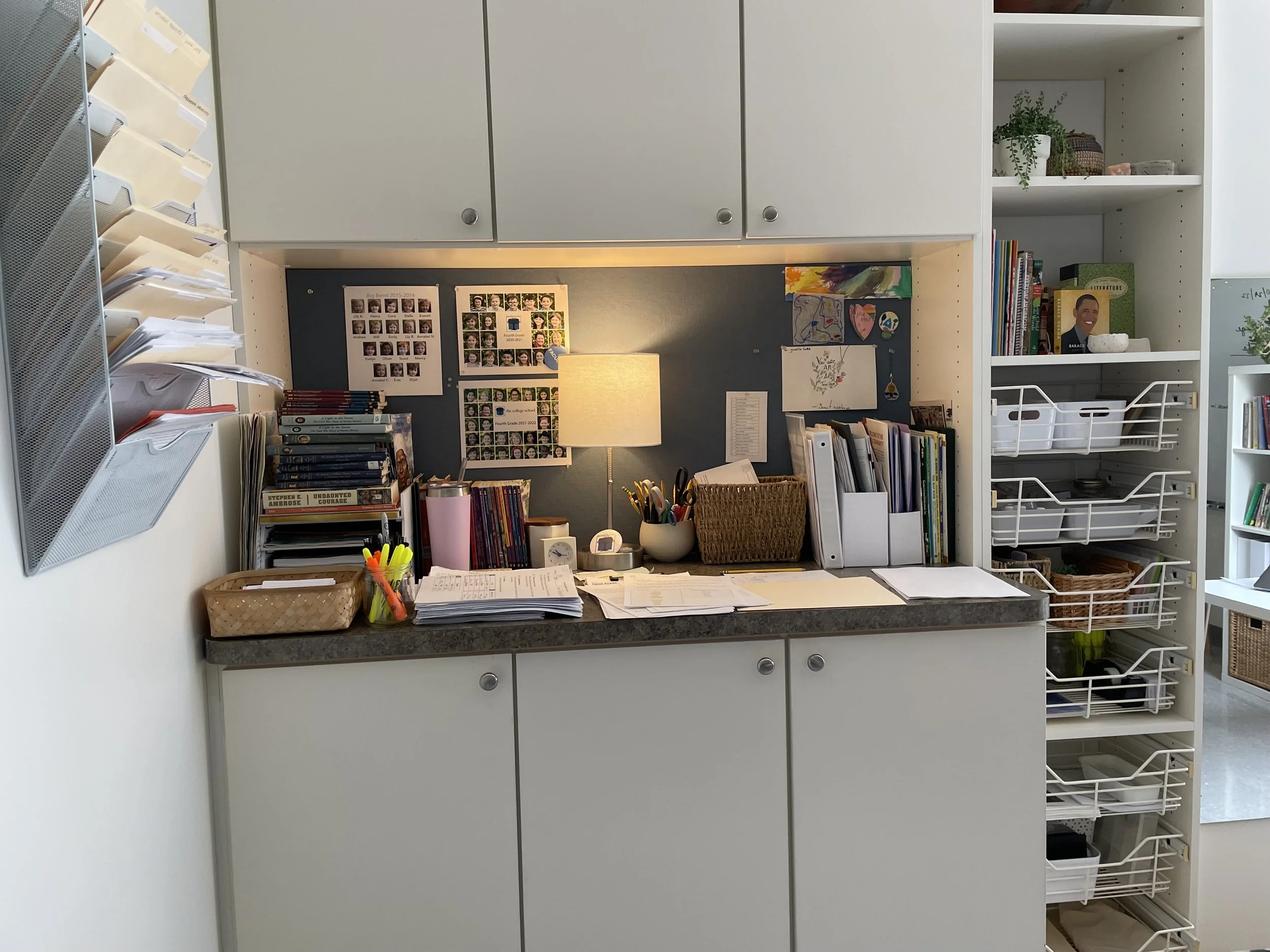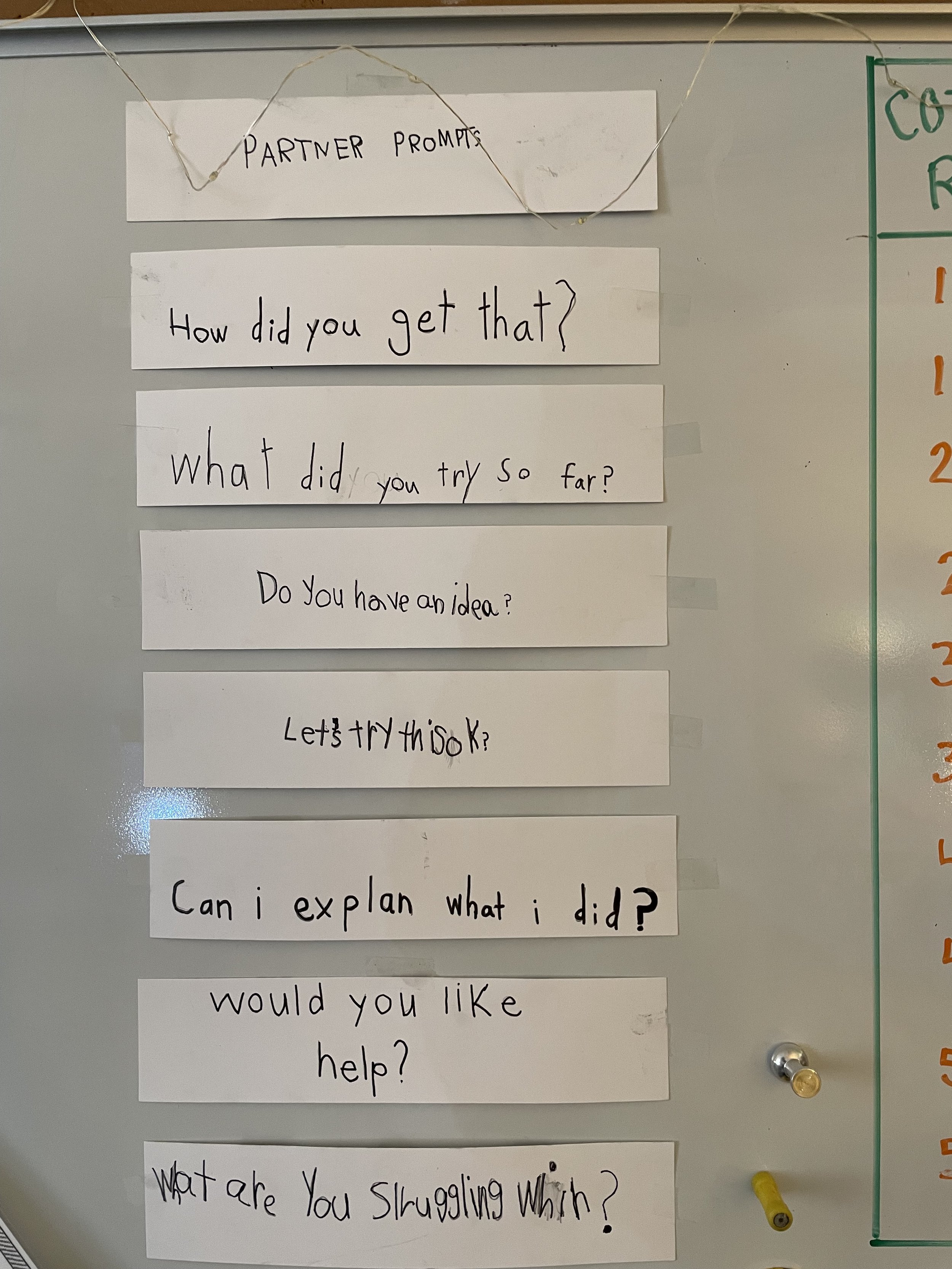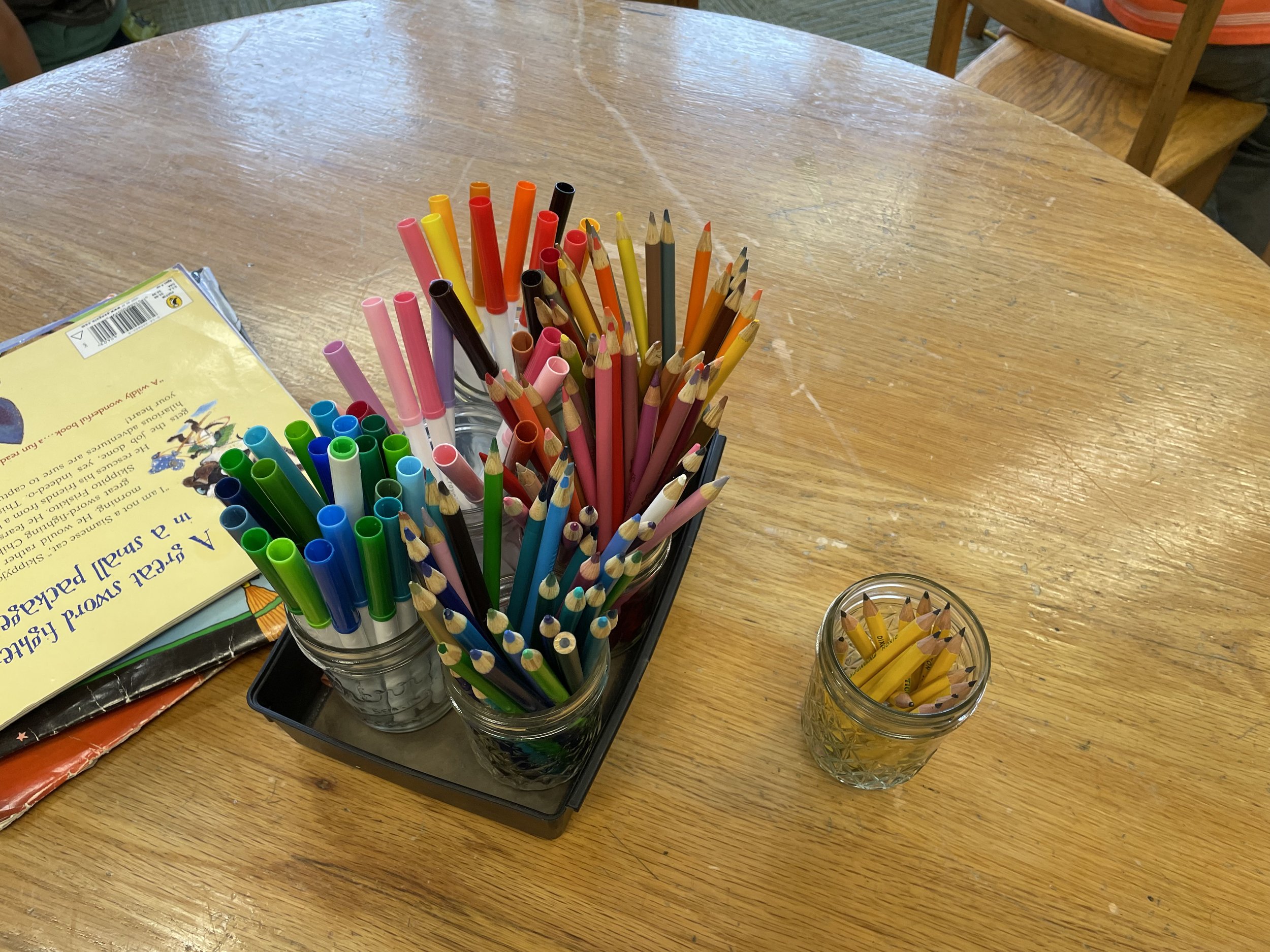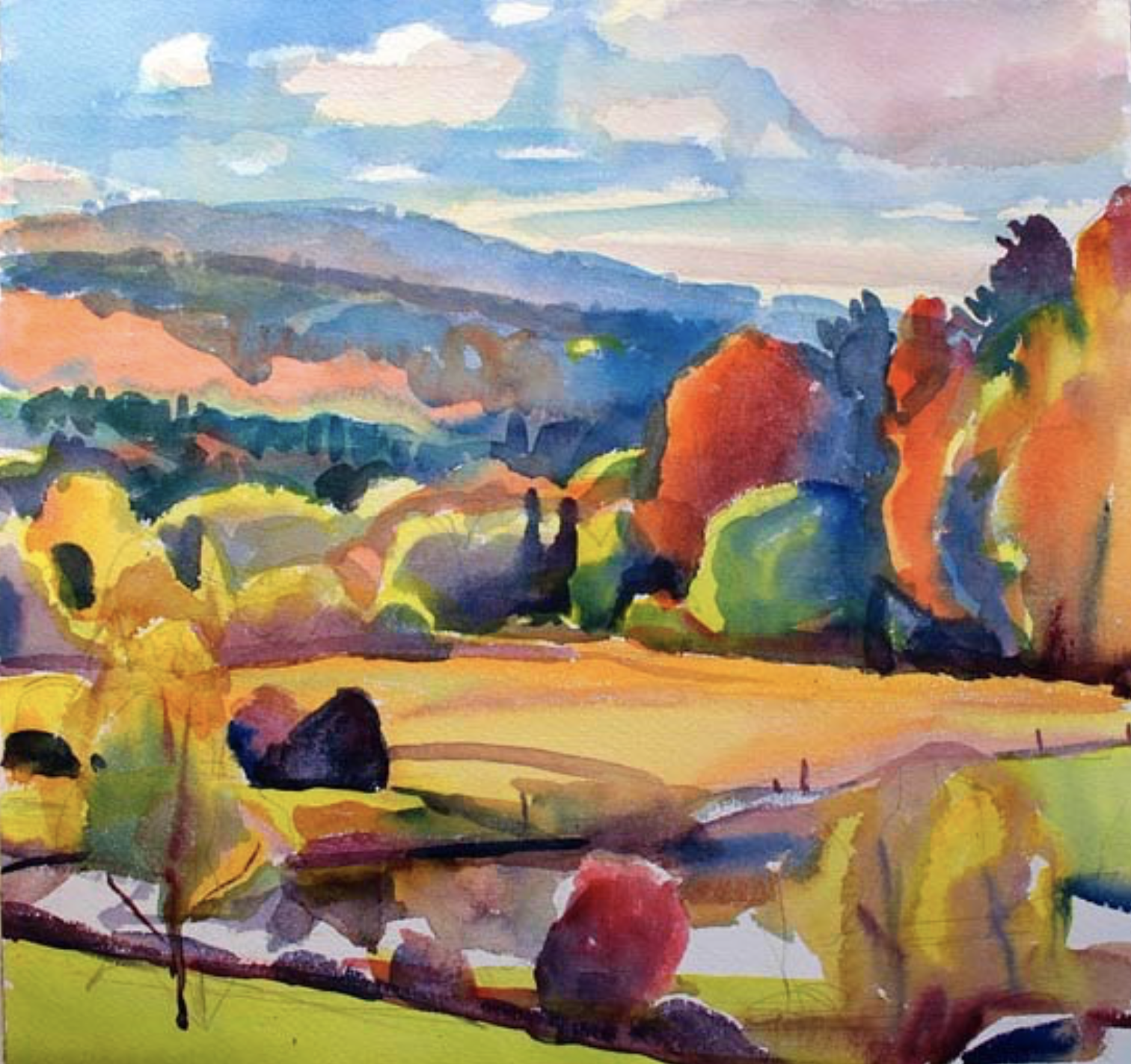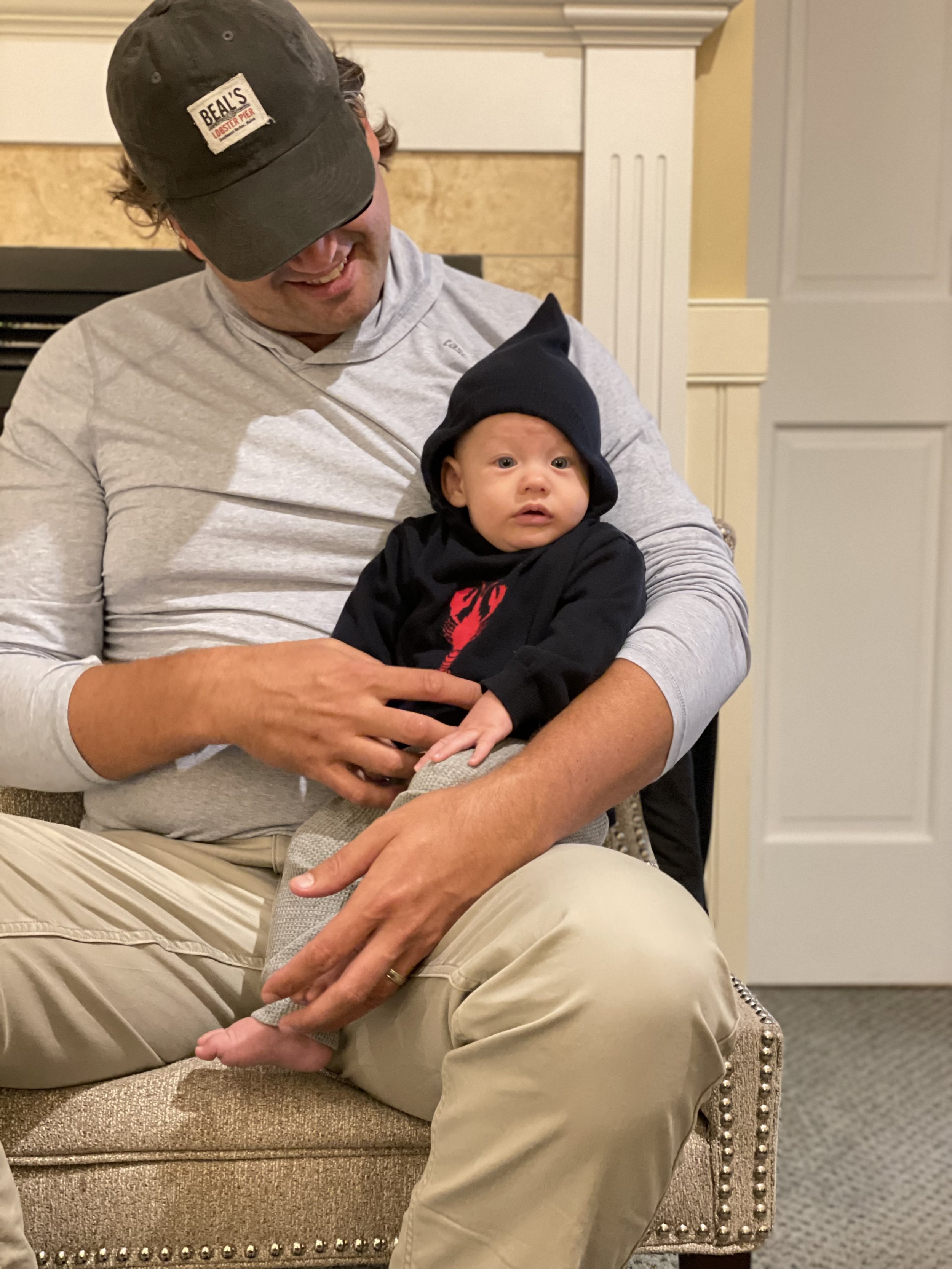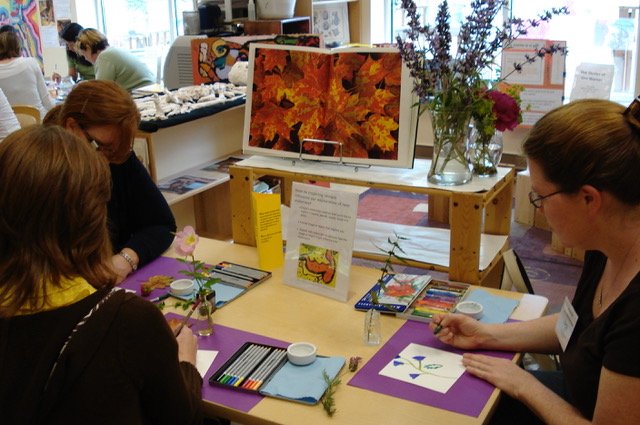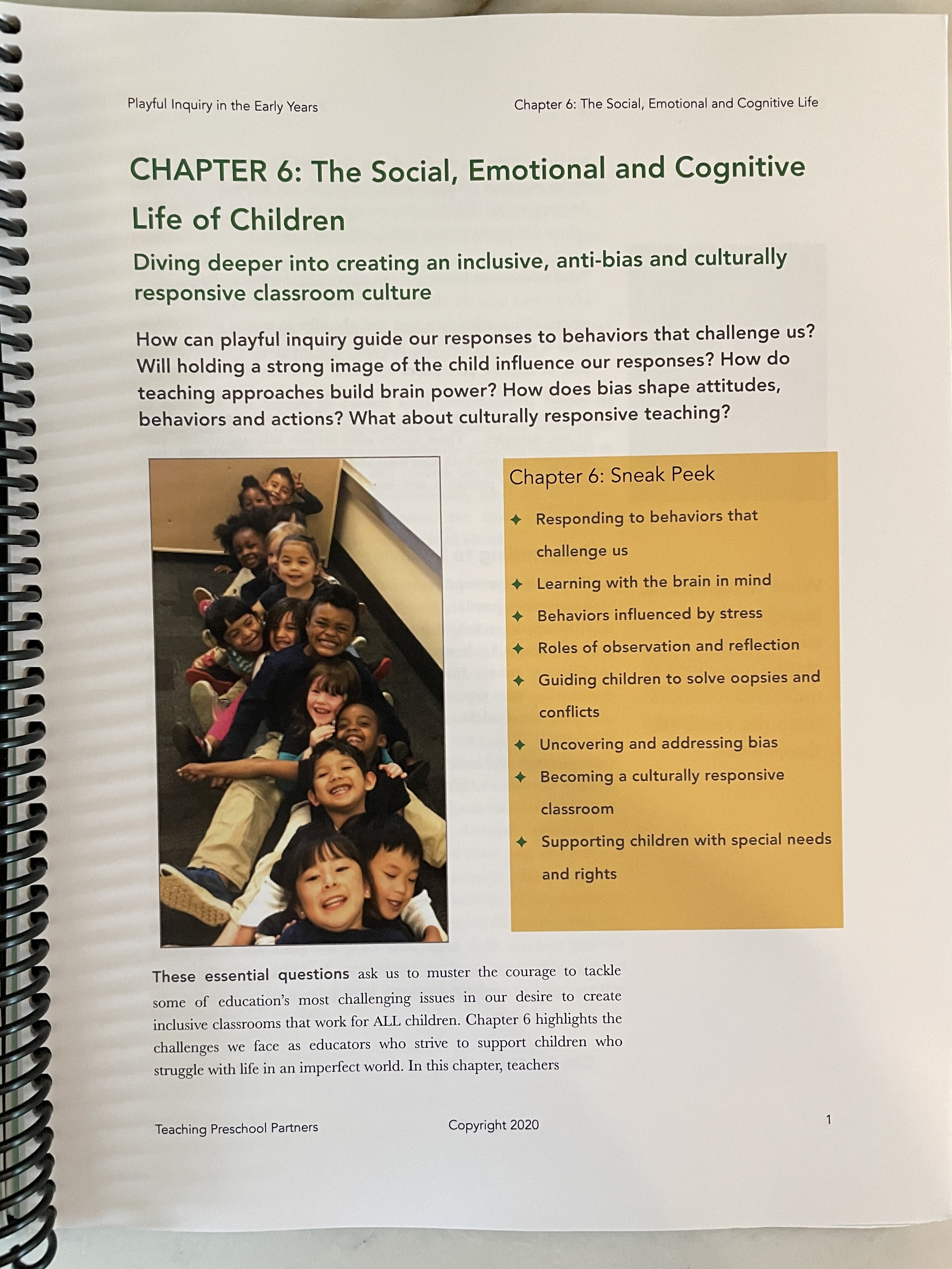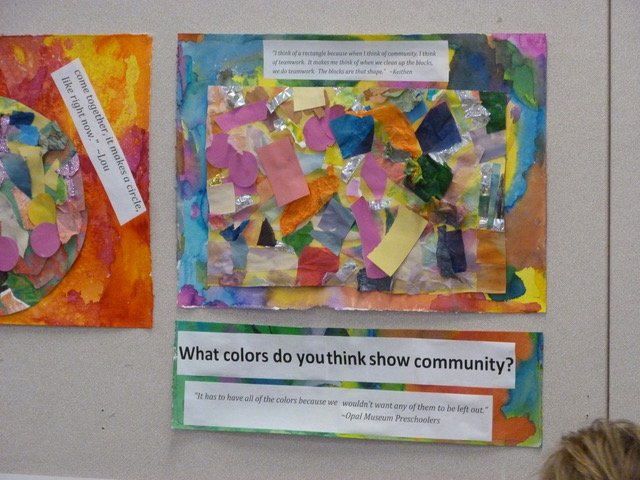The Vermont farm where Alan & I grew up
In 1962, the day after Labor Day, I got on a school bus, for almost the first time, with my best long time elementary school friends to travel 6 miles north to a brand spanking new junior high/high school — the brain child of five adjoining rural Vermont towns that combined to create this new “union” school.
In the first week I remember wondering naively why I only saw Alan, my next door neighbor with whom I played endless hours with different balls, rode bikes through the woods and fields, walked to and from school…why I only saw Alan on the bus. I learned, because he told me, that he was in a different group in English, math, and social studies in the morning, and in the afternoon, for the whole 3 hours, he went down the back stairs to the lowest level of the building to a trade shop equipped with all the latest machinery for woodworking, auto mechanics, plumbing, and electrical trades. I went down there once with him. He showed me around. That night at dinner I asked my mom and dad, “Hey, how come I can’t go with Alan in the afternoon down to the shop? It’s fantastic!” I don’t remember their answer, exactly, but I do remember it didn’t make sense to me.
At the same time I wondered why Betty—who had won every Friday-at-the-blackboard math competition from first to sixth grade (at the end of the dictation of 9 plus numbers in a column addition, she’d just write the answer)—why was Betty not in my Algebra class? And why was Gloria—who could catch and throw as well as our star, Bobby, hit as well as most of the boys, and certainly run faster than all of us—why couldn’t Gloria play baseball with us?
A contemporary of mine, Mike Rose, spent a career in education researching variations of these same questions. Mike Rose was a research professor in the UCLA Graduate School of Education and Information Studies. He authored several books, including The Mind at Work: Valuing the Intelligence of the American Worker, Why School?: Reclaiming Education for All of Us, and more recently Back to School: Why Everyone Deserves a Second Chance at Education.. He died on August 15, 2022, at age 77, after a short illness. One of the last subjects Mike was pondering and writing about was “Public School and the Social Fabric.” An essay he wrote of that title was published in 2022.
I was introduced to Rose in an “On Being” podcast hosted by Krista Tippet.
https://onbeing.org/programs/mike-rose-the-deepest-meanings-of-intelligence-and-vocation/#transcript
Mike Rose once wrote this: I grew up a witness to the intelligence of the waitress in motion, the reflective welder, the strategy of the guy on the assembly line. This, then, is something I know: the thought it takes to do physical work.
Krista Tippet wrote of Rose: …the particular way he saw the world resonates more than ever before, as our debates about standardized testing, the information economy, and the future of school only intensify. He argued with care and eloquence that we risk too narrow a view of the way the physical, the human, and the cognitive blend in all kinds of learning and in all kinds of labor. His insights…offer much to enlarge our civic imagination on big subjects that are newly alive about the heart of who we are, including class dynamics we still scarcely know how to speak about in U.S. culture, and the deepest meanings of intelligence and of vocation.
In the interview, to embody our cultural bias, Rose recounted a rejoinder from a friend of his who said: You know, it took a guy with a college degree to screw this up and a guy with a high school degree to fix it.
Rose elaborated as follows: [It’s a case of] hands-on experience versus the abstractions that can so often emerge from just learning through books. …what I strive for in my own work and with students who I’ve worked for, I strive to try and figure out how you blend these strands, because again, I’m very uncomfortable with binaries, with simple dichotomies, with, it’s either this or it’s that.
And in fact, I think what happens in most kinds of good work, whether it’s styling hair or neurosurgery, is that you get this blend of formal training with hands-on experience. And the folks who best blend those strands are the people who are usually the best at what they do.
Over the past couple of weeks I’ve been in the middle of a design/build project. We’re renovating a double set of stairs of a 100+ year old dairy barn from the basement to the second floor, up two flights. My brother, Mike, the just retired chair of the Ohio State University Department of Architecture, our veteran carpenter friend, Will, and I, spent hours between Mike’s drawings, Will’s critiques, and my wondering and measuring. Mike and I are a combo of book learning and many experiences in the field building homes and other structures. With Will’s experience and acumen for calculating and solving the unique problems in fitting a “state code stairway” into an ancient barn, the three of us, as Rose would say, blended our hands on skills and intelligences. Will built a sturdy (you could take a cow up those stairs, Mike mused) and elegant, rustic style set of stairs. They fit the space and barn perfectly.
Drawing by Michael Cadwell
Top level landing
Rose outlines the history of the tensions in our culture that get expressed in different ways. Sometimes it’s expressed in terms of rural or country or mid-America versus the city or East Coast elites or East Coast institutions. So there’s that sort of country-city tension that runs through our literature, back into the 19th century.
Onto that Rose layers another tension between book learning and practical experience.
Imagine, then, you begin this enterprise that’s called vocational education, with notions like that: that separate whole huge chunks of young humanity into one category or the other. And, hey, no big surprise, the kids who are clumped into that hand-minded group tended to be poor kids, immigrant kids, kids of color. Right? And those who were moved or categorized as being the abstract-minded folks, well, gee, no big surprise, they tended to be white and here for generations and come from more well-to-do families. John Dewey, our great American philosopher, called this “social predestination.”
In his research Rose took the frameworks of intelligence and cognition and analyzing tasks that are usually reserved for white-collar folks, professional folks, biographies of scientists and entrepreneurs and turned them on the folks who comprise the backbone of the economy and of what makes the world run: physical, manual labor; service work.
And what Rose uncovered was: the knowledge base you have to build to be good at anything from styling hair to plumbing to welding to bricklaying, whatnot, and the deployment of that knowledge and solving problems with it and troubleshooting and making decisions on the fly. Rose used that lens to highlight and underscore the richness of their work, which so often gets dismissed — until something goes wrong with our plumbing. And then, suddenly, this is the most important person in the world.
Rose then tied his discoveries back into our education system. He said: We are locked into a way of thinking about school reform that suffers from …a reductive approach to schooling, to learning, to teaching. I think the unfortunate thing is that if you really know about schools and you really know about teaching, you get in close to classrooms, you watch this very intimate and difficult and complex thing called teaching and learning, you see what a far remove a standardized test score is from the cognitive and emotional and social give-and-take in a classroom.
In the end Mike Rose was hopeful: that we get to the point where we begin to look for much richer ways of thinking about teaching and learning, and richer ways to try and assess what’s going on in schools and classrooms, because here’s the good thing about the current impulse, … it is admitting and putting a bright light on the fact that there are a lot of kids who don’t do well in our schools; and those kids tend to be — poor kids, immigrant kids, children of color; and that we absolutely have to do something. This is a moral, ethical question of equity. We have to do something to do better with those children.
By the end of our senior year in high school, my good friend, Alan, had restored an old Chevy straight 6 into a cool coupe, built his mom a beautiful Birdseye maple chest of drawers, and passed the electrician apprentice exam. I still couldn’t conjugate the French past perfect, remember the Russian czars, or make much sense of math after numbers were replaced by letters and symbols. Alan graduated with a full-time job in a Standard Register factory up the road. I graduated to a college about a mile from Alan’s factory. When I graduated from college with a Bachelor of Arts in American Literature, my first job was as a carpenter.
Both Alan and I blended our next few years of experience with our past and growing knowledge in our fields of interest. Alan started and ran a successful appliance sales and repair business. I became an educator (head of two different schools), and in between designed and built several homes. It seems that, on our own, Alan and I did what Rose would advocate that we could have had more available to us in school. We were motivated in our own ways…and lucky in our endeavors.
As an educator and a design/builder I have come to understand deeply the need to embrace what our Reggio Emilia colleagues refer to as The Hundred Languages…the many ways we come to understand the world and express ourselves in it.
Thank you, Mike Rose, for your profound understanding of the same.
Painting by Kathryn Milillo

